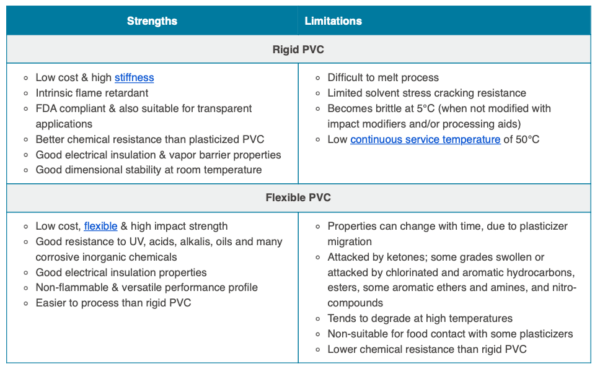The quest to construct ever-taller skyscrapers pushes the boundaries of engineering and material science. Determining the “best” material for a skyscraper is a complex equation, weighing factors like strength, cost, durability, and sustainability. Modern skyscrapers rely on a sophisticated blend of materials, each chosen for its specific properties and contribution to the overall structural integrity. This exploration delves into the primary contenders for this crucial role, analyzing their strengths and weaknesses in the context of skyscraper construction. The choice of the best material ultimately depends on the specific design, location, and budget of the project, making it a nuanced decision.
The Reigning Champion: Steel
For decades, steel has been the dominant material in skyscraper construction, and for good reason. Its exceptional tensile strength, allowing it to withstand immense pulling forces, makes it ideal for supporting the weight of the building and resisting wind loads. Steel’s ductility, its ability to deform without fracturing, provides a crucial safety margin in the event of earthquakes or extreme weather. Moreover, the manufacturing process for steel is well-established, making it readily available and relatively cost-effective.
Advantages of Steel:
- High strength-to-weight ratio
- Excellent tensile strength and ductility
- Relatively easy to fabricate and assemble
- Recyclable
Disadvantages of Steel:
- Susceptible to corrosion (requires protective coatings)
- Can lose strength at high temperatures (fireproofing required)
- Relatively high embodied energy in production
The Challenger: Concrete
Concrete, specifically reinforced concrete, is another essential material in skyscraper construction. While concrete itself has high compressive strength (resistance to crushing), it lacks tensile strength. This is where steel reinforcement comes in, combining the compressive strength of concrete with the tensile strength of steel to create a strong and durable composite material. Reinforced concrete is particularly useful for foundations, columns, and shear walls, providing stability and resistance to lateral forces.
Advantages of Concrete:
- High compressive strength
- Relatively inexpensive
- Fire resistant
- Can be molded into complex shapes
Disadvantages of Concrete:
- Low tensile strength (requires reinforcement)
- Heavy
- Can be susceptible to cracking
- Significant embodied energy in cement production
Emerging Alternatives
While steel and concrete remain the workhorses of skyscraper construction, research and development are exploring alternative materials with the potential to offer improved performance or sustainability benefits. These include:
- High-Strength Composites: Materials like carbon fiber reinforced polymers (CFRP) offer exceptional strength-to-weight ratios and corrosion resistance, but are currently more expensive than steel.
- Mass Timber: Engineered wood products like cross-laminated timber (CLT) are gaining traction as a sustainable alternative, offering carbon sequestration benefits and relatively fast construction times. However, their fire resistance and structural performance at extreme heights are still under investigation.
- Advanced Alloys: New alloys of steel and aluminum are being developed to offer improved strength, corrosion resistance, and weight reduction.
Comparison Table
| Material | Strength | Cost | Durability | Sustainability |
|---|---|---|---|---|
| Steel | High | Moderate | Good (with protection) | Recyclable |
| Concrete | High (compressive) | Low | Good | Moderate (high embodied energy) |
| Composites | Very High | High | Excellent | Varies |
| Mass Timber | Moderate | Moderate | Moderate | High (carbon sequestration) |
Ultimately, the optimal choice of material for building a skyscraper is a complex decision that requires careful consideration of numerous factors. As technology advances, and we strive for greater sustainability, we can expect to see continued innovation in materials used for these iconic structures. The best material today may not be the best material tomorrow, as engineers continue to push the boundaries of what is possible, therefore the question of what is the best material remains open to continuous refinement and discovery.






